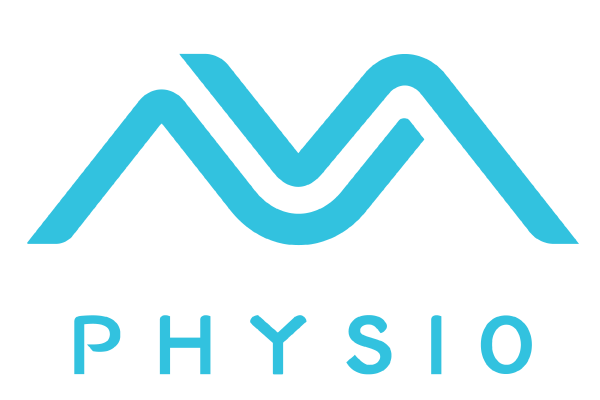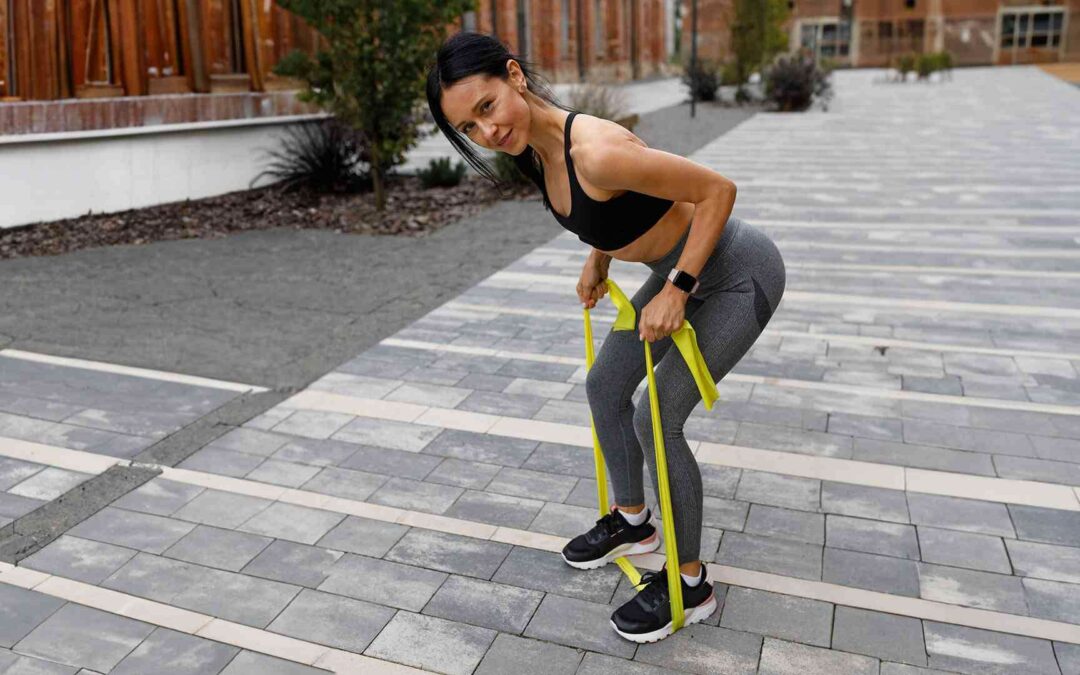The Bent Over Row is a weight training exercise that targets the muscles of the upper back, particularly the lats. It involves leaning forward at the hips, keeping the back straight, and pulling a weight towards the chest in a rowing motion using a barbell, dumbbells, or other resistance equipment. This exercise helps strengthen the back, shoulders, and arms while also engaging the core for stability.
Benefits of Bent Over Row
The bent-over row is a compound exercise that targets multiple muscles in the upper back and arms. It helps to improve upper body strength, posture, and reduce the risk of future injury. The exercise’s primary muscle target is the latissimus dorsi or lats, which is the largest muscle in the upper body and plays a crucial role in shoulder joint movement. Strengthening the lats helps stabilize the shoulder joint and prevent injury.
Another muscle group that the bent-over row targets is the rhomboids, which are smaller muscles located between the shoulder blades. These muscles play a vital role in maintaining good posture, and weak rhomboids muscles can lead to poor posture and increased injury risk. The bent-over row helps to strengthen the rhomboids, which improves posture and reduces the risk of future injury.
Finally, the bent-over row targets the biceps, which are the muscles located in the front of the upper arms. Although not directly involved in shoulder movement, the biceps play a crucial role in stabilizing the elbow joint. Strengthening the biceps improves overall upper body strength and reduces the injury risk.
How to Perform Bent-Over Row Exercise?
Performing the bent-over row correctly is essential to prevent further injury and obtain maximum benefit. Here are the steps to perform the exercise correctly:
- Stand with feet shoulder-width apart and hold a barbell (or use resistance bands) with an overhand grip.
- Slightly bend knees and hinge forward at the hips, keeping your back straight and head up.
- Keep elbows close to your sides and pull the barbell (resistance bands) towards your chest, squeezing your shoulder blades together.
- Lower the barbell (resistance bands) back down to the starting position, keeping your back straight and head up.
- Repeat for the desired number of repetitions.
Start the exercise with light weights and gradually increase the weight as you become stronger. Maintaining proper form and safety guidelines is crucial to prevent injury. Exhale as you lift the weight and inhale as you lower it.
Merlin Physio for Shoulder Injury Recovery
Merlin Physio can be a valuable tool for individuals recovering from shoulder injuries, including those looking to safely incorporate exercises like the Bent Over Row into their rehabilitation program. Here’s how Merlin Physio can assist with Bent-Over Row for shoulder injury recovery:
- 1. Personalized Exercise Plans: Merlin Physio can create personalized exercise plans tailored to an individual’s specific shoulder injury and recovery goals. For someone recovering from a shoulder injury, the app can design a Bent-Over Row routine that considers their injury type, severity, and progress.
- 2. Proper Form and Technique: The app can provide detailed instructions and visual guides to ensure users perform the Bent-Over Row exercise with correct form and technique. This is crucial for preventing further injury and promoting efficient recovery.
- 3. Progress Tracking: Merlin Physio allows users to track their progress over time. Users can log their Bent-Over Row sessions and monitor their shoulder strength and flexibility improvements. This tracking helps both physiotherapists and users gauge the effectiveness of the exercise in their recovery plan.
- 4. Real-time Feedback: The app can offer real-time feedback during the exercise, alerting users if they are performing the Bent-Over Row incorrectly or putting excessive strain on their injured shoulder. This immediate feedback helps users make necessary adjustments to prevent setbacks.
Who would Benefit from Bent Over Row Exercise?
The Bent Over Row is a versatile exercise that can benefit various individuals, depending on their fitness goals and training needs. Here are some groups that may benefit from incorporating Bent-Over Rows into their workout routines:
- Strength Trainers: Bent Over Rows are effective for building upper body strength, especially in the muscles of the back, shoulders, and arms.
- Bodybuilders: This exercise targets the lats and helps create a well-defined and sculpted back, contributing to a balanced physique.
- Athletes: Athletes involved in sports that require upper body strength and power, such as wrestling, football, or swimming, can benefit from Bent Over Rows to enhance performance.
- Posture Improvement: Strengthening the muscles in the upper back can contribute to improved posture by counteracting the effects of prolonged sitting and slouching.
- Functional Fitness Enthusiasts: Individuals looking to improve overall functional fitness and enhance daily activities involving pulling movements can find the Bent Over Row beneficial.
- Injury Prevention: Strengthening the back muscles through exercises like Bent-Over Rows may help prevent injuries related to poor posture and weak upper back muscles.
- General Fitness: Those seeking a compound exercise that engages multiple muscle groups simultaneously for a more efficient workout can incorporate Bent Over Rows into their routine.
It’s essential to ensure proper form and technique when performing Bent Over Rows to maximize benefits and reduce the risk of injury. Individuals with existing back issues or injuries should consult with a fitness professional or healthcare provider before incorporating this exercise into their routine.
Conclusion
The bent-over row is a valuable exercise for shoulder injury recovery and prevention. This compound exercise targets multiple muscles in the upper back and arms, improving posture, stability, and strength. Proper form and safety guidelines must be followed, and a licensed physiotherapist should design a comprehensive shoulder conditioning program. Personal experience and case studies validate the effectiveness of the exercise, and it is essential to seek advice from licensed experts. Using a physiotherapy app can help monitor progress and ensure proper exercise form. With the right approach, the bent-over row can be a valuable addition to any physiotherapy routine.
Frequently Asked Questions
Who can benefit from doing bent over rows in physiotherapy?
Individuals with shoulder injuries can benefit from bent over rows.
What is the proper technique for a bent over row exercise?
Stand with feet shoulder-width apart, hinge at the hips, and pull weights toward your chest.
How often should I do bent over rows in my physiotherapy routine?
Two to three times a week is recommended for best results.
What are the benefits of doing bent over rows in physiotherapy?
Bent over rows can help improve shoulder mobility and strength.
How can I prevent injury when doing bent over rows in physiotherapy?
Start with light weights, maintain proper form, and don’t overdo it.
What if I experience pain during bent over rows in physiotherapy?
Consult with your physiotherapist to adjust your form or modify the exercise.

